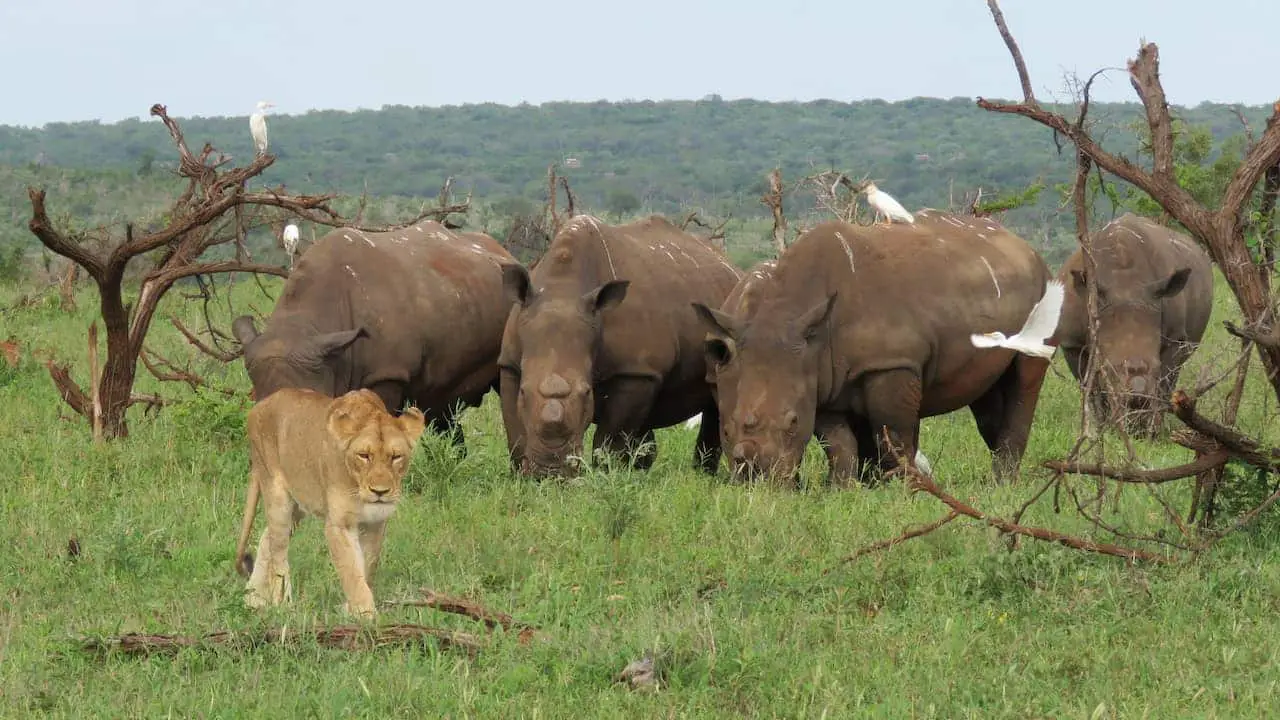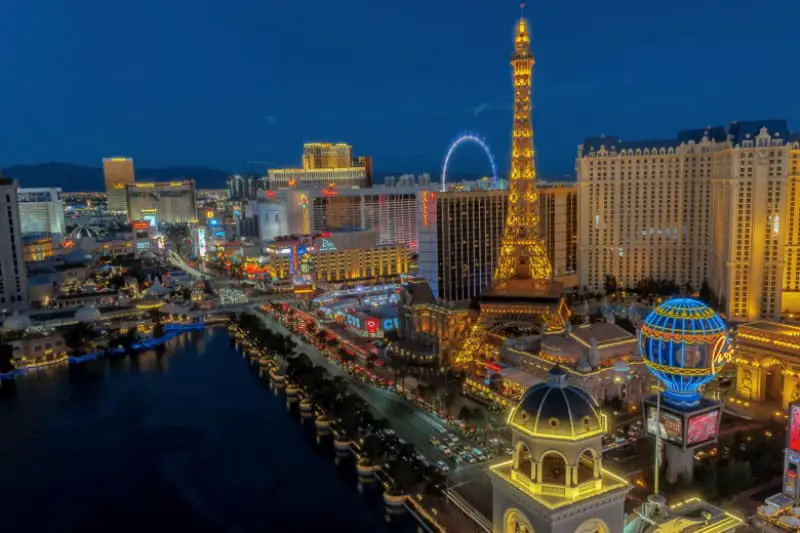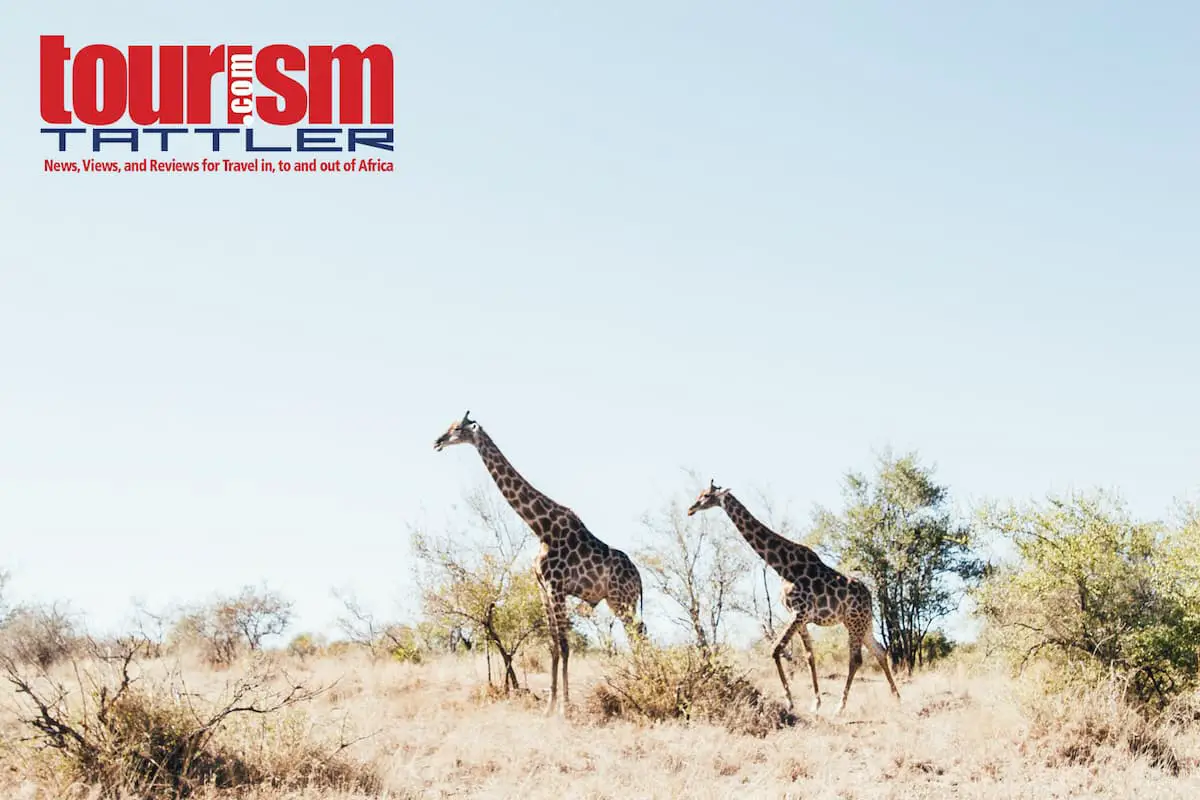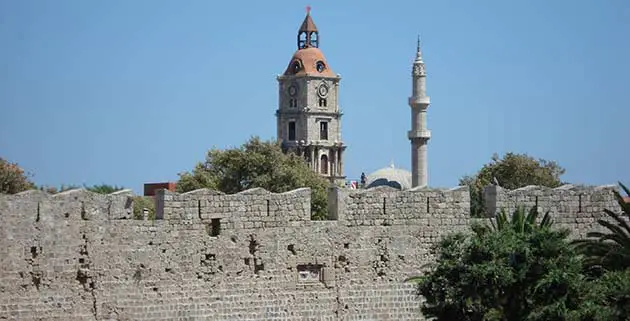Destination Review: Kenya’s Maasai Mara
The Maasai Mara Ecosystem is home to the Big Five, among other species of wildlife, and has one of the highest lion population habitats in the world. This is where over two million Wildebeest, Zebra and Thomsons Gazelle migrate annually. The Mara hosts over 95 species of mammals and 570 recorded species of birds. The Kenya Tourism Board (KTB) hosted Tourism Tattler to experience the magic that this region has to offer tourists. By Des Langkilde.
The lyrics of the late Syd Kitchen‘s hit single ‘Africa’s not for Sissies’ played through my mind as the SAA Airbus A320-200 gently kissed the tarmac at Nairobi’s Jomo Kenyatta International Airport in Kenya.
At East Africa’s busiest airport, it seemed as if all 19,000 daily passengers from Africa, Europe and Asia had all arrived at the same time. Passport control queues are an experience that would try the patience of even a Durbanite’s famed patience, although hopefully this state of affairs will be sorted out when the new airport upgrade is completed. Thankfully, South Africans don’t need an entry visa for stays up to 30 days (Tattler correspondent Brent Willie rates Kenya as one of his top 5 most hassle-free countries to visit – read his article HERE).
Syd’s chorus line ‘I’m a wandering man’ slowly changed to ‘wondering man’ as the tune adjusted to my visual perception, taking in the chaotic bustle of Nairobi’s Embakasi district traffic congestion, where the airport is located some 15 Kilometers to the south-east of the Nairobi Business District. Thankfully, our airport transfer driver successfully evaded pedestrians, cyclists, taxis and trucks to deposit us safely at our destination, the Hemingways Nairobi Hotel, some 40 minutes later.

I Say, I Say
Although Hemingways Nairobi is a new hotel in the Hemingways Collection, and was built a mere three years ago, its plantation-style architecture is reminiscent of Kenya’s bygone colonial era, and the image is reinforced through the decor, soft furnishings and sepia tone prints depicting historical events. One can almost hear the British aristocracy “I say, I say”ing in the background.
With 45, spacious 80 square-metre rooms, each with a private balcony overlooking sweeping lawns with the Ngong Hills visible beyond, this boutique hotel sets the standard in luxury accommodation for business travellers and safari tour groups visiting the region.
For carnivorous guests, Hemingways’ Brasserie serves the most succulent beef steaks, which are prepared in their Josper oven – this indoor barbecue is the only one of its kind in Kenya, specially imported by Hemingways to produce the best steaks sizzling at 800F. The special blend of charcoal used to fire the Josper oven creates a distinct char-grilled flavour to the meat. Their beef is sourced from Mordendat Ranch, Naivasha; the meat is grain fed for 180 days especially for Hemingways, and hung for 21 days. Lamb also comes from this farm. The chef focuses on simply cooked free-range products sourced directly from Kenyan farms.
With its personalized butler service, rejuvenating spa, corporate and conferencing facilities, Hemingways Nairobi provides the perfect over-night setting for pre-safari tour groups or business incentive packages. During the one night stay I found the staff to be friendly and professional. As this is equatorial Africa mosquitoes can be a problem, especially during dusk, however closing the doors with the air conditioner and mosquito pads on whilst not in the room, ensures a bite-free night’s rest.
Safari Hopping

Safarilink was formed in 2004 by a management team who together have over 35 year’s experience in providing tourist related air services in East Africa. The airline operates 12 aircraft ranging in size from 13 to 37 seats, and carries over 14,000 passengers per month during the busiest periods of the year.
Insurance for the Safarilink aircraft is placed through Willis of London and passenger liability indemnity limits per incident vary with the size of aircraft; from 75 million USD for the Dash 8 to 20 million USD for the Twin Otter and Caravan aircraft.
Tour Operators who specialize in ‘Eco-tourism’ can add value to their itineraries by using Safarilink, as their flights are “carbon-neutral”. This is achieved through an indigenous tree-planting exercise on the foothills of Mount Kenya within the Mount Kenya National Reserve. The number of trees necessary to achieve their carbon-neutral target is based on a calculation linking the hours flown by the Safarilink fleet, their fuel consumption rate, a documented conversion rate for Jet A1 fuel to carbon dioxide and the “lock up” factor for the trees. The practical aspects of growing the saplings, their planting, and subsequent care until well established is carried out by women’s groups under the supervision of the Bill Woodley Mount Kenya Trust. This organisation has been involved in similar projects since 2003 and has already planted out over 120,000 saplings.

Ol Seki Mara
Ol Seki (Cordia monoica) is the name of the local Sandpaper Tree and is valued by the Maasai, not only for its practical uses but also as a symbol of peace. The Maasai have many uses for the Seki – edible fruit, useful timber for bows and special walking sticks used by elders during significant rites of passage and of course its rough textured leaves, which are used for sanding sticks to a smooth finish.
The Hemingways Ol Seki Mara is a luxury private tented camp situated in the 200 sq.km. of Naboisho Conservancy, which borders the Maasai Mara. It has 10 tented suites built on wooden slat platforms to minimize human impact on the environment. Two self contained penthouse suites cater for families, and incorporate a fully equipped kitchen, dining room and living area which connects two enormous double bedrooms, both ensuite. Each suite is equipped with a bronze telescope for game viewing over the escarpment from the privacy of your own private room deck, while the communal library, dining room and ‘boma’ deck provide comfortable venues for social interaction with other guests, and the shy but ever present rock hyrax that scamper over the rocky elevation upon which these structures have been built.

James Maina is the camp manager, and he is a walking encyclopedia for information on the region, Maasai tribal customs, wildlife and birdlife in particular. “This area of the Mara is without doubt the best locality for game and bird viewing – there are no fences to inhibit the migration of animals which means you should see the big five and all the other indigenous species on your check list, sometimes right here in the camp. Only vehicles from the conservancy, on which there are four camp concessions, are allowed to traverse the property, so you see wildlife, not minibuses.”
The majority of the camp staff were brought up within a 15km radius of the camp. “They know the land intimately and they clearly care about it. Everyone has an excellent knowledge of the area, not only the guides, who are trained in our own guiding school”, says Maina.
Social Responsibility
As a concession holder within the Naboisho Conservancy, Hemingways contributes a percentage of the camp’s revenue for social upliftment of local communities. One such initiative is the Koyaki Guiding School, which trains local Masai in the skills of conservation and wildlife management, teaching them how to benefit from tourism opportunities. It also teaches local people why conservation is beneficial to the community as well as showing them how to protect wildlife and its habitat, and develop harmony between wildlife and agriculture.
“Our camping and conservancy fees, along with direct donations to the school, have generated an income for the community. We often host donors and lecturers at Ol Seki at no charge, and we’ve contributed to a botanical garden at the school and planted succulents (water-storing plants). We also support the school by offering work experience to students during their holidays, and our guides give them additional advice and practical training as part of their attachment at Ol Seki. The first female graduate of Koyaki Guiding School, Betty Maitai, now works in our team of wildlife guides”, Maina proudly confides.
Maasai Village
Of course, a safari in the Mara is not complete without a visit to one of the traditional Maasai tribal villages and our media group’s guide, who is also a graduate of the Koyaki Guiding School, enthusiastically took us for a guided tour of his own village, located within the Maasai Mara National Reserve, where he was raised from childhood.

For a discretionary donation, which is used to fund the building of a nearby community school project, our guide’s family and brethren provided an awesome display of traditional Maasai song and dance, where visitors are encouraged to pit their jump height against that of trained warriors. The tour includes a demonstration of fire-making, using a stick and tinder which certainly takes some practice, a tour inside one of their Inkajijik (Maasai word for a house), which are loaf-shaped dwellings made of mud, sticks and dung; a visit to the village blacksmith who demonstrates the making of spear heads, and culminates with a shopping spree in the village’s craft centre. Be forewarned though that the Maasai are as crafty in their price negotiating, which appears to be a matter of some pride.
Mara Conservancy

Public Sector Support
Kenya is a country that has come through some tough political times in recent years, but Muriithi Ndegwa, Managing Director of the Kenya Tourism Board is determined to ensure that tourism retains its leading edge in contributing to Kenya’s GDP (13% in 2011 – Kenya ranked 8th in Africa at 1.7 million international tourist arrivals. Read our analysis HERE) and the Kenyan Government is going out of its way to streamline legislation, policies and infrastructure, aimed at making the country an easy destination to visit (Read more about the Kenya governments initiatives HERE).
Last year, Tourism Tattler asked Mr Ndegwa for a couple of bullet points on the country’s prospects as a tourist destination. We got more than we expected (Read more HERE). Conference tourism is also emerging as Kenya’s new growth frontier, earning the country second position after South Africa last year in the number of conferences held on the continent (Read more on this story HERE).
Getting There
South African Airways (SAA) have introduced wide body aircraft on the Johannesburg – Nairobi route, effectively increasing capacity into Kenya by 582 seats per week.
“Kenya is a key destination in our East Africa operation and the introduction of a larger aircraft type on this route is an important step towards increasing the flying options and enhancing our loyal travellers’ comfort levels,” says Aaron Munetsi, SAA Regional General Manager for Africa and the Middle East. SAA previously operated the Airbus A319 and the Boeing 737-800 into Kenya.
These aircraft are now replaced by the Airbus A340-200 and the A340-300. The introduction of these wide body aircraft means additional seat capacity on the route, lie-flat seats in Business class, as well as a wider cabin and touch screen in-flight entertainment for both Business and Economy class.
World Class Safari Destination
In conclusion, Kenya’s Maasai Mara region is definitely a destination that travel agents and tour operators should include in their clients’ African safari itineraries.
In the May edition of Tourism Tattler, we will be featuring the Beach Safari side of Kenya’s tourism attractions – namely Lamu Island.
For more information visit www.magicalkenya.com






